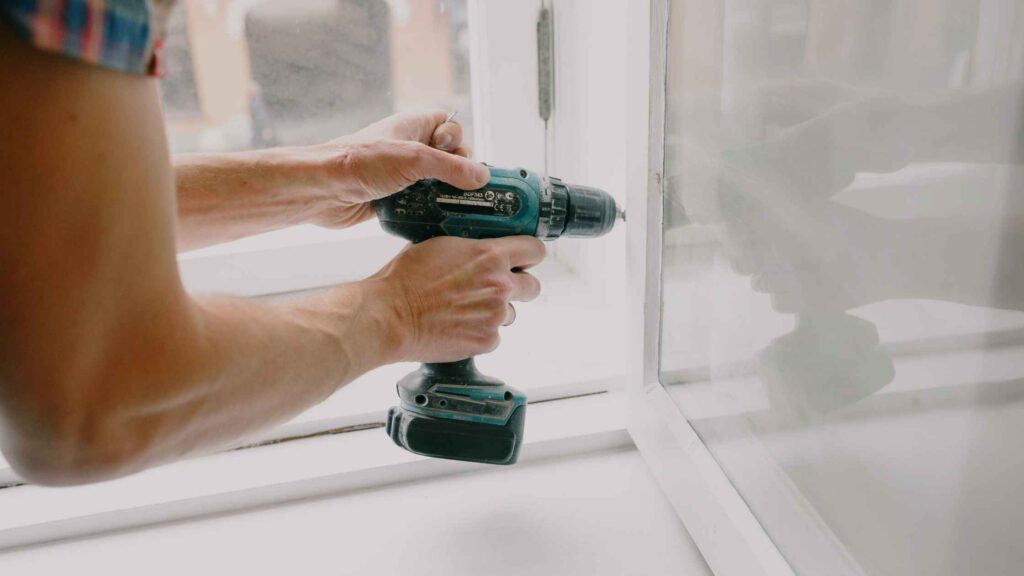Introduction
Investing in a rental property can be a lucrative endeavor. However, it comes with the responsibility of ensuring proper maintenance to protect your investment and keep your tenants satisfied. One effective way to manage and upkeep your property is by creating a rental property maintenance schedule.
Why is a Rental Property Maintenance Schedule Important?
A rental property maintenance schedule is a detailed plan that outlines the regular tasks and inspections needed to keep your property in good condition. It helps you stay organized, prioritize tasks, and avoid costly repairs in the long run. By implementing a proactive approach to maintenance, you can prolong the lifespan of your property and ensure a positive living experience for your tenants.
Prioritizing Tasks
When creating a rental property maintenance schedule, it’s vital to prioritize tasks based on urgency and importance. Take the time to assess the critical areas that require immediate attention, such as safety hazards or essential repairs. Identify tasks that can be done on a quarterly, monthly, or annual basis to ensure all necessary maintenance is addressed.
Quarterly Tasks
Some tasks only need attention every few months. These may include:
- Inspecting HVAC systems: Regular maintenance and filter changes can prevent breakdowns and keep tenants comfortable.
- Checking plumbing fixtures: Look for leaks, clogs, or any signs of water damage to address them promptly.
- Inspecting fire extinguishers and smoke detectors: Ensure these safety features are in good working order.
- Testing carbon monoxide detectors: Protect your tenants from a potentially deadly gas by regularly checking these detectors.
Monthly Tasks
Set aside time each month for these essential maintenance tasks:
- Inspecting and cleaning gutters: Clearing debris and checking for damage can prevent water damage to the property.
- Checking and replacing air filters: This helps improve air quality and prolongs the life of your HVAC system.
- Testing and resetting ground fault circuit interrupters (GFCIs): GFCIs protect against electrical shocks and should be tested monthly.
Annual Tasks
Certain tasks only need attention once a year. These may include:
- Scheduling a professional inspection: Engage a qualified inspector to thoroughly evaluate the property and address any potential issues.
- Testing and servicing the heating system: Ensure the heating system is working optimally before the cold weather sets in.
- Inspecting the roof: Look for any signs of damage or wear that may need repair.
- Cleaning and inspecting dryer vents: This prevents potential fire hazards and ensures proper functioning of the dryer.
Saving Time and Money
Creating a rental property maintenance schedule allows you to plan and allocate resources wisely, saving you time and money. By proactively addressing maintenance issues, you can prevent larger, more costly repairs down the line. Regular maintenance also helps to improve the overall efficiency of your property, reducing utility costs and enhancing tenant satisfaction.
Be Proactive with Tenant Communication
An effective rental property maintenance schedule includes clear communication with your tenants. Inform them about upcoming maintenance tasks, scheduled inspections, and any disruptions they may experience. This not only keeps them informed but also fosters a positive relationship built on trust and transparency.
Summary
In conclusion, creating a rental property maintenance schedule is an essential practice for any property owner or landlord. By prioritizing tasks, saving time and money, and maintaining open communication with tenants, you can effectively manage your property and ensure its longevity. Implementing a proactive approach to maintenance will not only benefit your investment but also provide a positive living experience for your tenants.







